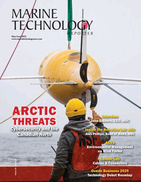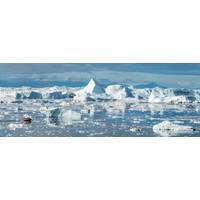
Climate Change is Flooding the Arctic with Light – and New Species
forests are set to grow and thrive as sea ice shrinks. Kelp are not a new arrival to the Arctic though. They were once part of the traditional Greenlandic diet, and polar researchers and explorers observed them along northern coasts more than a century ago.Some species of kelp may have colonised Arctic coasts after the last ice age, or spread out from small pockets where they’d held on. But most kelp forests in the Arctic are smaller and more restricted to patches in deeper waters, compared to the vast swathes of seaweed that line coasts like California’s in the US.Recent evidence from
Threat from wandering greenhouse gas
the methane cycle in the High North more closely. Methane is produced by cattle breeding and rice cultivation, as well as various other natural processes. For example, the remains of algae and other plant materials collect on the floor of the shallow Laptev Sea, and in other shallow waters off the Arctic coast. If there is no oxygen there, microorganisms break down this biomass, producing methane. To date, simulations have paid too little attention to the routes of by carbon and release of methane from the Arctic regions. In autumn, when air temperatures drop, many areas of open water also begin to
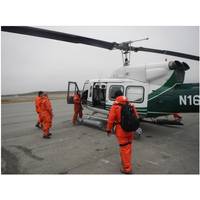
USCG Evaluates Comms Equipment in Alaska
in Alaska At nearly 663,000 square miles, Alaska is the biggest state in the United States and over twice the size of Texas. The state’s size and the remoteness of its northern communities make emergency response challenging. In response to growing economic and tourism interests in the Arctic, Coast Guard District 17, Alaska Command and the State of Alaska and other state and federal partners will conduct a mass rescue exercise called Operation Arctic Chinook in Tin City and Kotzebue August 23-24. The New London, Conn.-based Coast Guard Research and Development Center is using the exercise
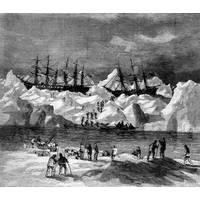
Remains of Lost 1800s Whaling Fleet Found
NOAA archaeologists have discovered the battered hulls of two 1800s whaling ships nearly 144 years after they and 31 others sank off the Arctic coast of Alaska in one of the planet's most unexplored ocean regions. The shipwrecks, and parts of other ships, that were found are most likely the remains of 33 ships trapped by pack ice close to the Alaskan Arctic shore in September 1871. The whaling captains had counted on a wind shift from the east to drive the ice out to sea as it had always done in years past. The ships were destroyed in a matter of weeks, leaving more than 1,200
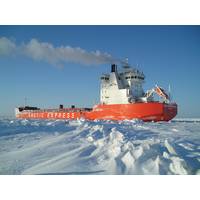
Arctic Energy Exploration Efforts Heat Up
the design of five ice-capable containerships and one tanker for Russian mining company Norilsk Nickel, the world’s largest producer of nickel and palladium. The ships are capable of operating without icebreaker support to conduct year-round shuttle operations between Murmansk and Dudinka on the Arctic coast. The first vessel, Norilsky Nikel, was delivered in 2006, followed by Monchegorsk, Zapolyarny, Talnakh, Nadezhda and Enisey. Aker Arctic has also designed a fleet of DAS icebreaking LNG tankers for the joint Novatek/Total Yamal LNG project in Northern Russia on the Ob River where the river
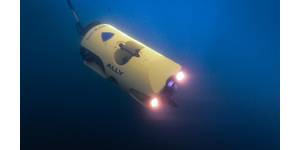
 February 2025
February 2025


